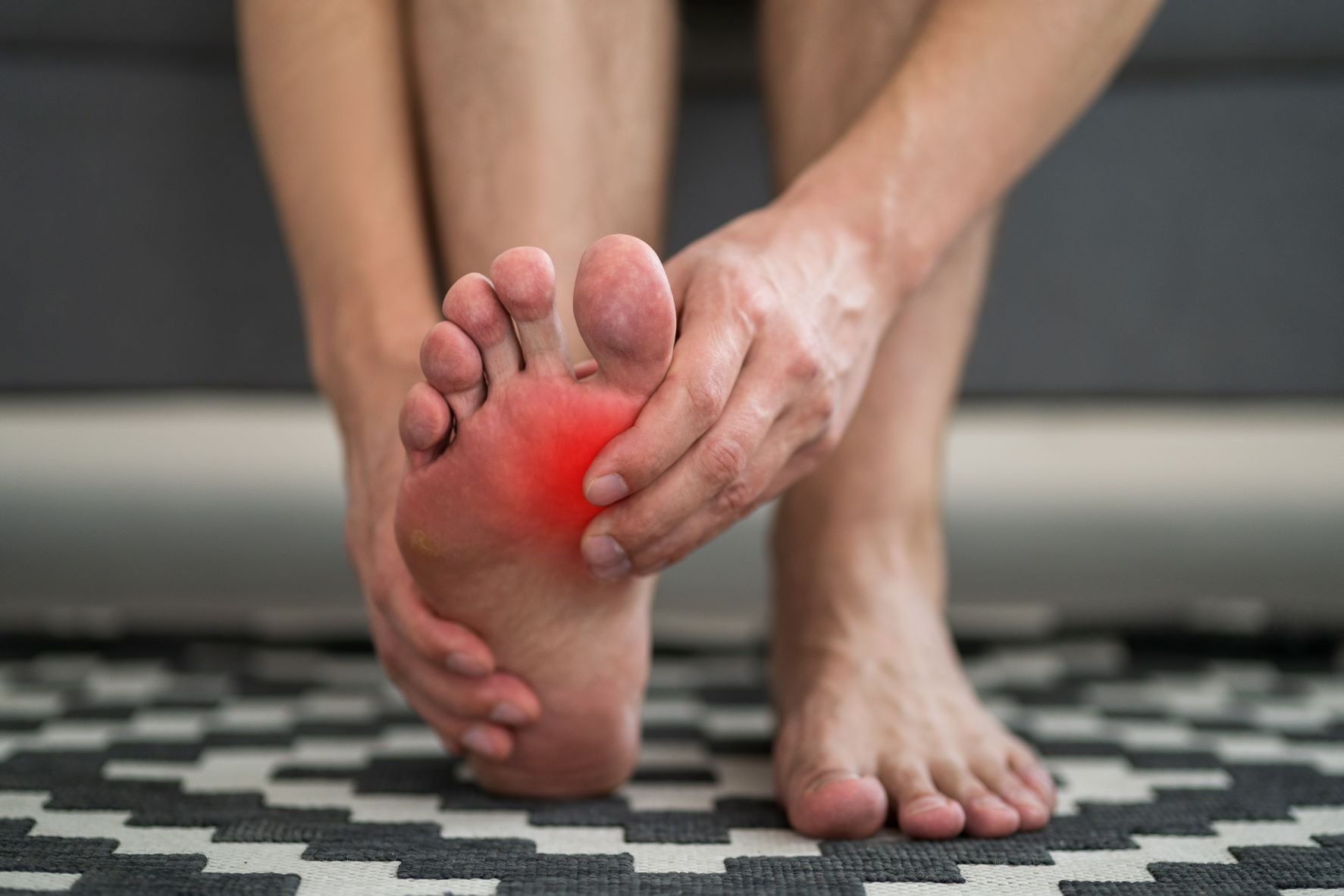Sesamoiditis is a condition that involves inflammation and pain in the sesamoid bones or the tissues surrounding them. The sesamoid bones are small, pea-shaped bones located in certain tendons, most commonly in the foot. They act as pulleys, providing leverage to the tendons and helping with the smooth movement of the joints.
Here's some information about sesamoiditis, including its causes, symptoms, diagnosis, treatment, and prevention:
Causes:
Overuse or repetitive stress: Activities that involve repetitive movements or high-impact forces on the foot, such as running or dancing, can lead to sesamoiditis.
Foot structure: Individuals with a high arch or a prominent first metatarsal (the long bone in the midfoot) may be more susceptible to developing sesamoiditis.
Footwear: Wearing shoes with inadequate cushioning or improper support can increase the risk of developing sesamoiditis.
Trauma: A direct injury or trauma to the sesamoid bones, such as a fracture or dislocation, can also lead to sesamoiditis.
Symptoms:
Pain: The most common symptom is localized pain under the big toe joint or the ball of the foot. The pain may be dull or sharp and is usually worsened by activities that put pressure on the sesamoid bones.
Swelling and inflammation: The area around the sesamoid bones may become swollen, tender, and red.
Difficulty bearing weight: Walking or standing may be painful, and some individuals may limp to avoid putting pressure on the affected foot.
Diagnosis:
A medical professional, such as a podiatrist or orthopedic specialist, will evaluate the symptoms and perform a physical examination of the foot. They may also order diagnostic tests such as X-rays or an MRI to rule out fractures or other underlying conditions.
Treatment:
Rest and activity modification: Reducing or avoiding activities that exacerbate the pain is essential to allow the sesamoid bones to heal. Switching to low-impact exercises can help maintain fitness without aggravating the condition.
Pain relief: Over-the-counter nonsteroidal anti-inflammatory drugs (NSAIDs) like ibuprofen can help reduce pain and inflammation.
Orthotic devices: Custom orthotic inserts or pads can provide support and cushioning to the foot, relieving pressure on the sesamoid bones.
Shoe modifications: Wearing shoes with a wider toe box or using shoes with extra cushioning can help alleviate symptoms.
Immobilization: In severe cases, a walking boot or a cast may be used to immobilize the foot and allow the sesamoid bones to heal.
Physical therapy: Stretching and strengthening exercises, as well as other modalities such as ultrasound or electrical stimulation, may be recommended to promote healing and prevent future injuries.
Prevention:
Wear appropriate footwear: Choose shoes that provide adequate cushioning, support, and a roomy toe box.
Gradual increase in activity: Avoid sudden or excessive increases in physical activity, allowing your body to adapt gradually.
Strengthening exercises: Perform exercises to strengthen the muscles around the foot and ankle, which can help provide stability and reduce the risk of injuries.
Listen to your body: Pay attention to any foot pain or discomfort and take appropriate rest breaks when needed.
It's important to consult a healthcare professional for an accurate diagnosis and appropriate treatment plan for your specific situation.

